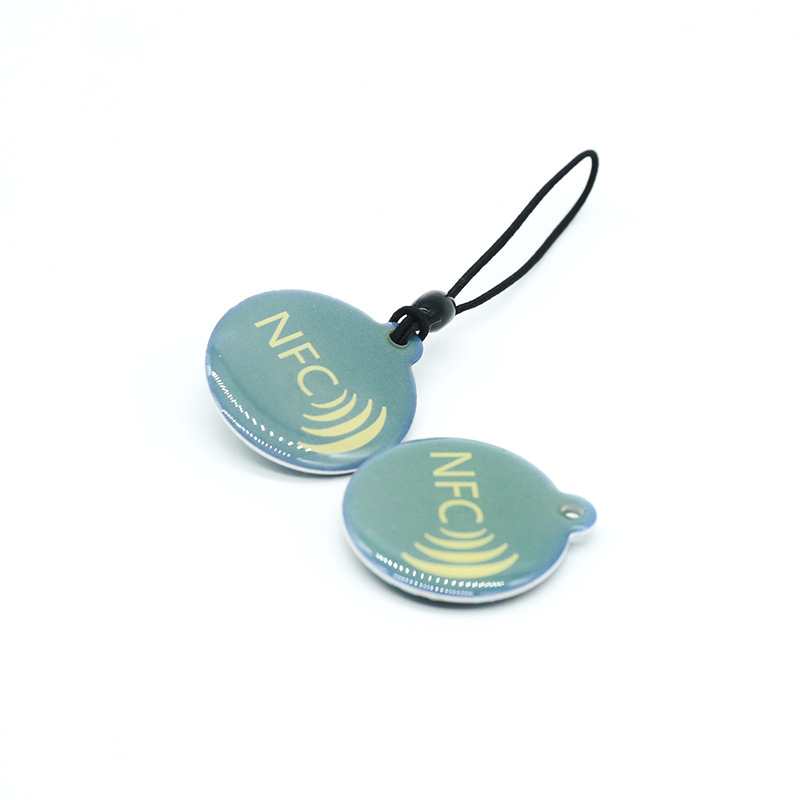If you’ve ever owned a pet or worked in wildlife research, you’ve likely encountered the dilemma of choosing between pit tags and microchips for identification and tracking purposes. Both technologies serve similar functions but come with distinct differences that could impact your decision. In this article, we’ll delve into the nuances of pit tags versus microchips to help you make an informed choice for your specific needs.

Size and Implantation Process
Pit tags, also known as Passive Integrated Transponder (PIT) tags, are tiny glass-encapsulated devices that contain a unique identification code. These tags are typically injected beneath the skin of an animal using a specialized applicator. Microchips, on the other hand, are even smaller and resemble a grain of rice. They are implanted using a needle and syringe, similar to how vaccines are administered to humans.
Data Storage and Retrieval
One of the primary differences between pit tags and microchips lies in their data storage capabilities. Pit tags rely on radio frequency identification (RFID) technology, which means they do not contain onboard memory. Instead, they transmit a unique code when activated by a reader. Microchips, however, have the advantage of storing information directly on the chip itself, including details such as the animal’s name, owner’s contact information, and medical history.
Lifespan and Durability
In terms of longevity, microchips often outperform pit tags. While both technologies are designed to last the lifetime of the animal, pit tags may degrade over time due to factors such as tissue growth or migration within the body. Microchips, being encased in biocompatible materials, are more resistant to such issues and can remain functional for decades.
Cost Comparison
When considering the cost of implementing either technology, several factors come into play. While pit tags may have a lower initial cost per unit compared to microchips, they often require specialized readers for detection, which can add to the overall expense. Microchips, although slightly more expensive upfront, offer a more comprehensive solution since they can be scanned using universal readers commonly found in veterinary clinics and animal shelters.
Effectiveness and Accuracy
Both pit tags and microchips are highly effective for identifying and tracking animals. However, the detection range and reliability may vary between the two technologies. Pit tags typically have a shorter read range compared to microchips, which means they must be scanned at closer proximity to the reader. Additionally, there is a slight risk of pit tags migrating within the body or becoming displaced over time, potentially affecting their accuracy.
Regulations and Standards
In many countries, the use of pit tags and microchips in animals is regulated by industry standards and legal requirements. These regulations dictate factors such as the type of technology allowed, implantation procedures, and record-keeping practices. It’s essential to familiarize yourself with the applicable regulations in your region before choosing between pit tags and microchips.
Case Studies and Real-World Applications
To better understand the practical implications of pit tags and microchips, let’s explore some real-world examples. In the realm of pet identification, microchips have become the standard due to their widespread adoption and compatibility with existing identification systems. In wildlife research, however, pit tags are often preferred for their larger size and robust construction, which can withstand harsh environmental conditions.
Advancements and Future Prospects
As technology continues to advance, we can expect further innovations in both pit tags and microchips. Recent developments include miniaturization efforts to reduce the size of microchips even further and improvements in data encryption to enhance security. Looking ahead, the integration of GPS technology into tracking devices holds promise for more precise and real-time monitoring of animals in their natural habitats.
Ethical Considerations
Finally, it’s essential to consider the ethical implications of using tracking technologies on animals. While pit tags and microchips serve valuable purposes in research, conservation, and pet identification, they also raise concerns regarding privacy and animal welfare. It’s crucial for stakeholders to weigh the benefits against the potential risks and ensure that proper protocols are followed to minimize any adverse effects on the animals involved.
Conclusion
In the debate between pit tags and microchips, there is no one-size-fits-all solution. The choice ultimately depends on factors such as the intended use, budget constraints, and regulatory requirements. By understanding the strengths and limitations of each technology, you can make an informed decision that best suits your specific needs.
FAQs
- Are pit tags and microchips safe for animals?
- Both technologies are considered safe when implanted by trained professionals following standard procedures.
- Can pit tags or microchips be removed from an animal once implanted?
- While removal is possible, it should only be done by a veterinarian and may require surgery.
- Do pit tags and microchips require batteries?
- No, both technologies are passive and do not require batteries for operation.
- Are there any health risks associated with implanting pit tags or microchips?
- In rare cases, complications such as infection or tissue irritation may occur, but they are generally minimal.
- Can pit tags or microchips be used for tracking humans?
- While technically possible, the ethical and legal implications of tracking humans with such technologies are significant and often prohibitive.












